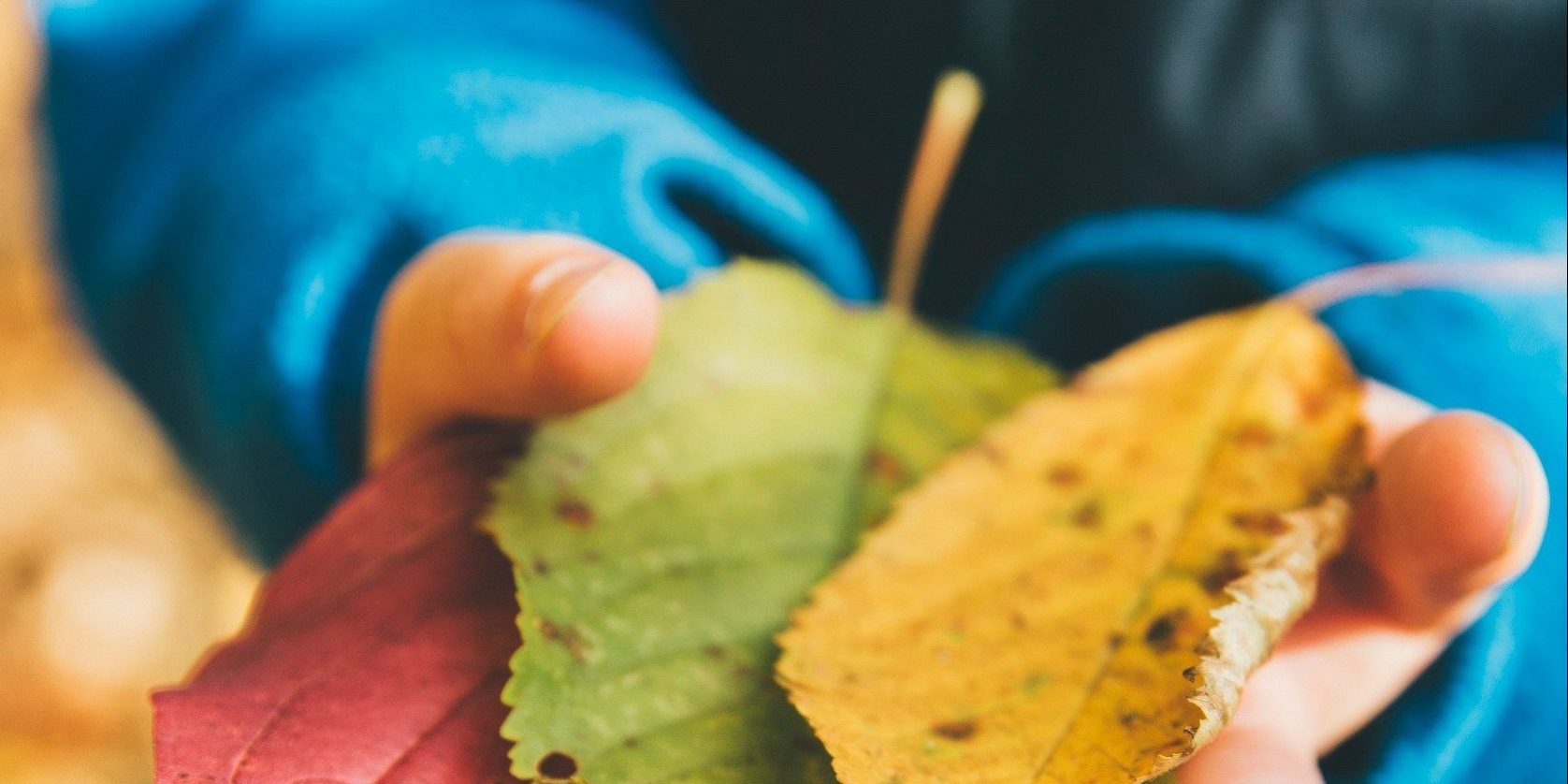Loose parts play is a concept in early childhood education that involves providing children with open-ended materials that they can use in a variety of ways.
The market is flooded with battery-operated toys and role-specific toys and devices. While convenient, the problem with these kind of toys is that they tend not to challenge children’s imaginations.
Open-ended toys on the other hand are good for children’s brains and development, and are very popularly used in early childhood education. String, paper, fabric, and cups for example, can be all transformed in countless ways by creative children. Nature is full of loose parts that parents and teachers can collect for free, and many people believe that loose parts from nature not only support children’s play and development but also can help foster connections with the natural world.
Why play with loose parts?
Open-ended toys help foster creativity, collaboration, and sensory awareness. They offer countless opportunities for cognitive growth. With open-ended toys children learn early that everything has multiple uses and learn to apply the same thing in different forms, encouraging divergent thinking and creativity.
Playing with loose parts helps with developing cognitive skills due to the mental flexibility and adaptability required with this sort of play. As part of the process, they give names and roles to these parts, which is a very important building block in learning. As parents and teachers, it is importantly to pay attention to the names the children give to these parts and the stories woven around them – here is where language strengthening is happening. Inherently, maths and science learning forms part of playing with loose parts – e.g. a small stone thrown in water creates ripples and a bigger stone creates bigger ripples.
Another benefit of loose parts is that they are inherently flexible – there is always something new to do with them. With sticks, rocks, or bits of bark, a child may choose to make a tall or short tower, a structure he can go inside, or one that he can stand on. A fence, a ladder, a chair. The sheer variety of ways in which a child will play with an open-ended toy is inspiring. Every day, the objects can be something new. This novelty is important.
Small motor skills are also put to practice as children pick up rocks, drag sticks, dig the ground to plant or do among the many countless things you can with loose parts.
How to incorporate loose parts into early childhood learning?
The ideas for loose parts to being into learning is limitless. The trick lies in how you set these up for the little ones to get inspired and tuck into creating an imaginary world from them. Here are some ideas:
- Nature table: Set up a table with various natural items like pinecones, shells, stones, leaves, and sticks.
- Sensory bins: Fill bins with materials such as rice, beans, sand, or water beads. Add scoops, small toys and nature elements for exploration.
- Recycled material centre: Collect clean recyclables like cardboard tubes, bottle caps, fabric scraps and egg cartons. Provide tools like scissors, tape, and glue for children to create their own structures.
- Art studio: Set up an area with loose parts that can be used in art projects, such as buttons, beads, string and feathers. Provide adhesive and tools and see the kids go.
- Building block constructions: Provide a variety of blocks, wooden planks, and connectors like nuts and bolts for children to create their own structures.
- Loose parts storytelling: Use small figurines, fabric pieces, and natural elements to create storytelling props.
- Nature scavenger hunt: Organise a scavenger hunt for children to collect natural items like leaves, rocks, feathers and flowers.
- Mud kitchen: An outdoor kitchen with pots, pans, spoons and plates is more fun than you can ever imagine – just see it through the eyes of a child.
- Rock painting: Collect all sizes of rock, provide paint and see little imaginations come to life.
To conclude
There is no right or wrong in loose parts. Whatever approach is right for you will certainly work for children. Remember: What children really want is to play!




